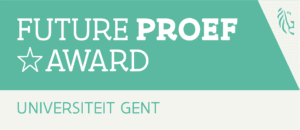MOCASE: The agroecological movement defending land and the peasantry in Santiago del Estero, Argentina
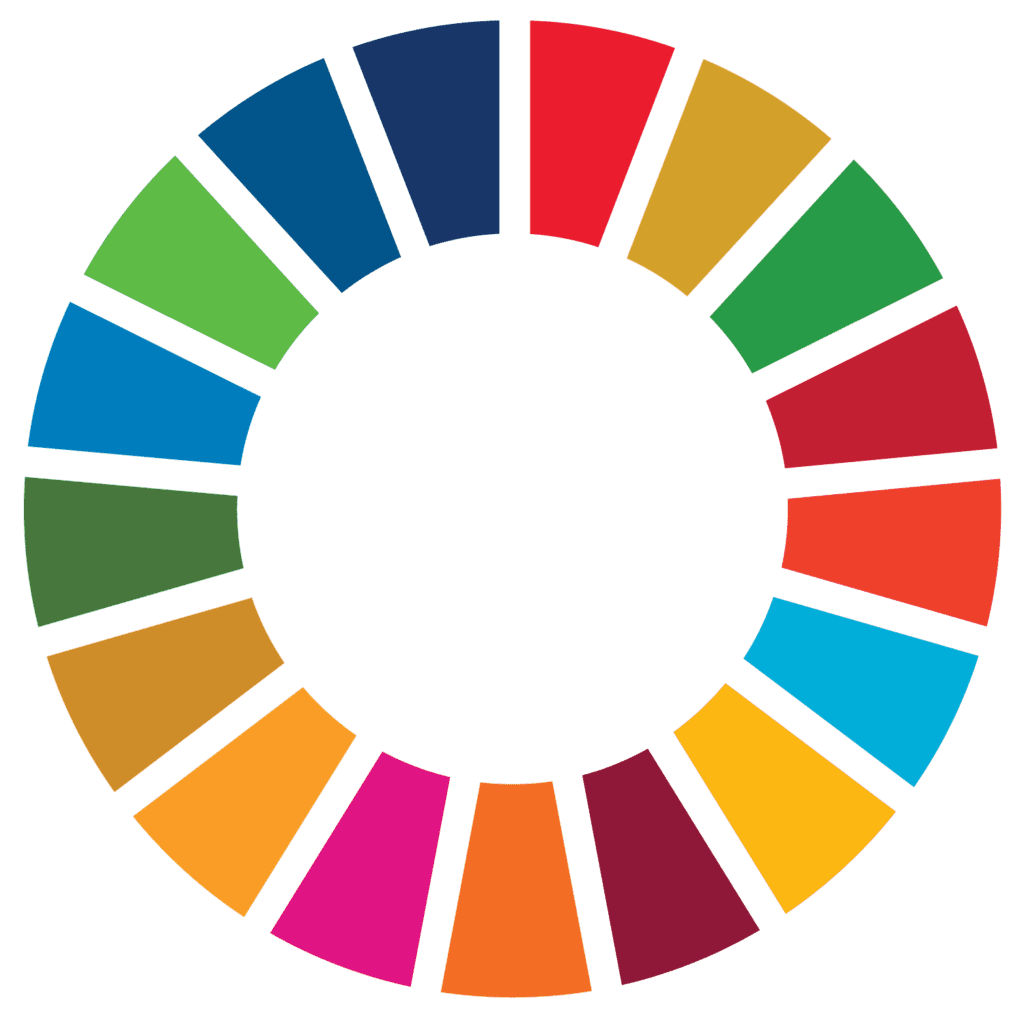
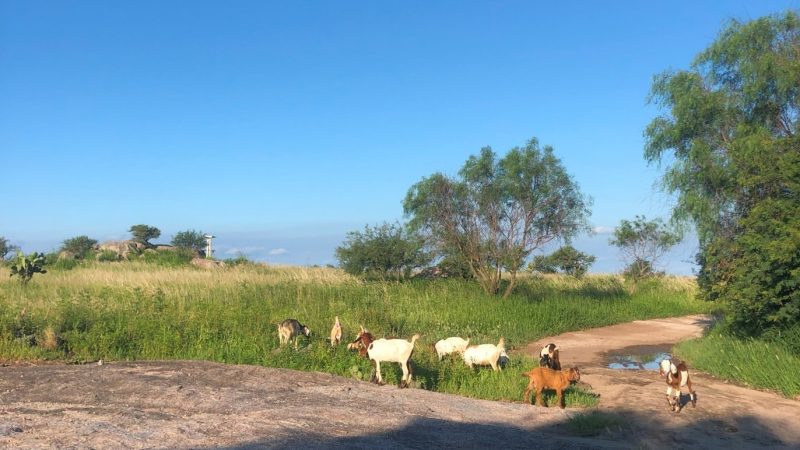
Introducing MOCASE, the peasant movement of Santiago del Estero
Santiago, del Estero, a semi-arid province with high precarious land tenure without legal status, has a primarily rural population and an unequal distribution of land. In this context, the so-called agricultural frontier is extending. Land that has been used for centuries by peasant communities is (il)legally acquired by agribusinesses.
In 1990 following an increase in (violent) land conflicts, MOCASE was founded by peasants. Ever since, the horizontal movement organizes and emancipates peasants to defend their way of living on and off the land. MOCASE uses the agroecological framework, exemplified by the popular education through the “escuela de agroecologia”.
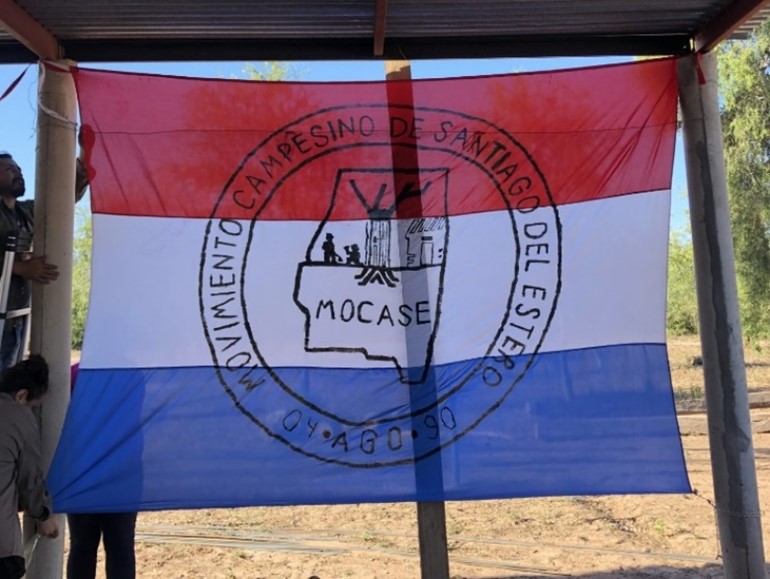
The flag of MOCASE, hung at a community meeting. Picture by Marthe Cressato
Agroecology: one term, a plethora of interpretations
The term agroecology encompasses many definitions and is used in the sense of a science, a set of agricultural practices, and a movement. The latter angle is of importance in the context of MOCASE. Agroecology emerged as a social movement in the wake of the Green Revolution and generally strives for sustainable agriculture based on local knowledge often with the aim of acquiring food sovereignty.
Rural social movements are increasingly adopting the agroecology framework. It is used to frame the immaterial territories, such as ideas or theoretical constructs, which always underlie material territories, for example contested land (Fernandes, 2009). Agroecology also links peasant movements together, for example in the international movement La Via Campesina.
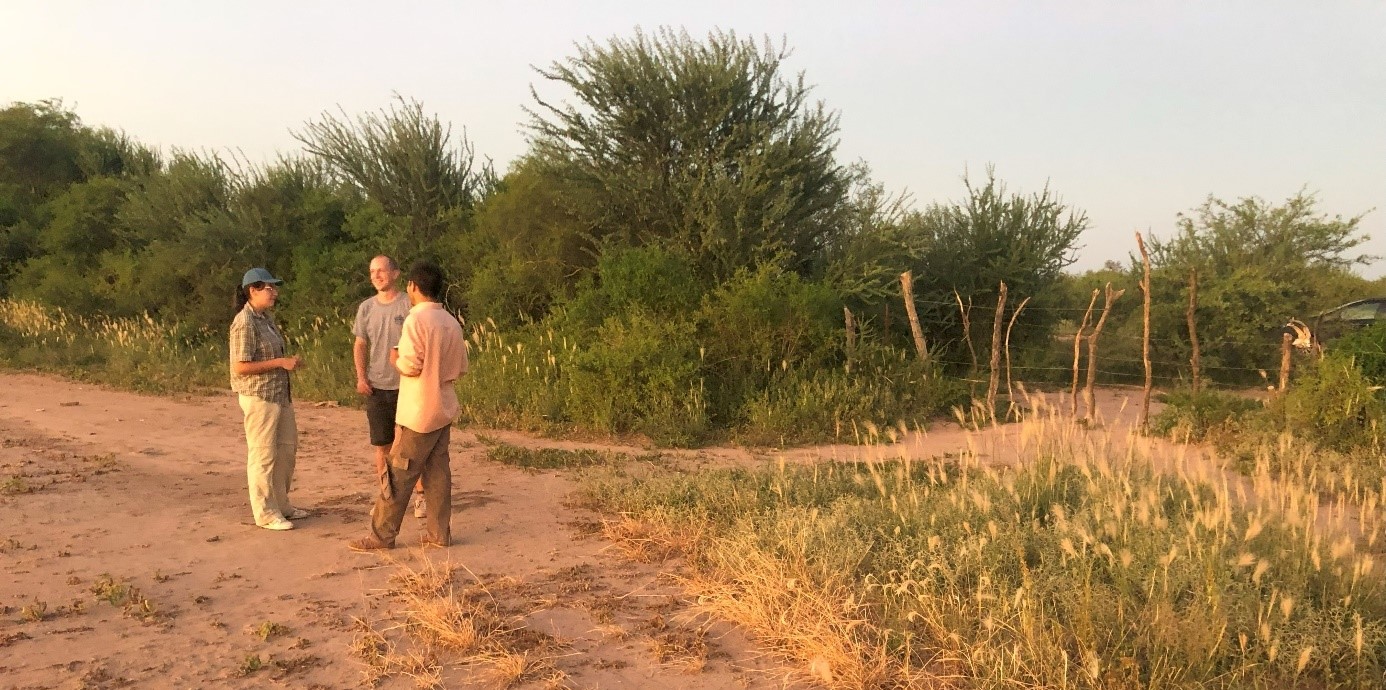 A member of MOCASE showing his terrain while sharing his experiences on the land. Picture by Marthe Cressato
A member of MOCASE showing his terrain while sharing his experiences on the land. Picture by Marthe Cressato
The defense of land
“The main strategy is, in my opinion, living there, producing there, being there. [...] So that the communities feel that they are part of the land, they are the land.”
-MOCASE member, interview, 2024
The primary way MOCASE continuously defends the land is by promoting and upholding the peasantry and by strengthening and organizing communities through regular meetings, assemblies, workshops, community kitchens, educating peasant students in the agroecological school and at the peasant university.
The defense of land intensifies when a conflict surges and (armed) groups of people, hired by a businessman, try to enter a terrain of a peasant family. At those times the movement quickly and numerously gathers and begins the physical vigilance to keep the (armed) people from entering, killing animals, destructing crops and houses, intimidating the families, …
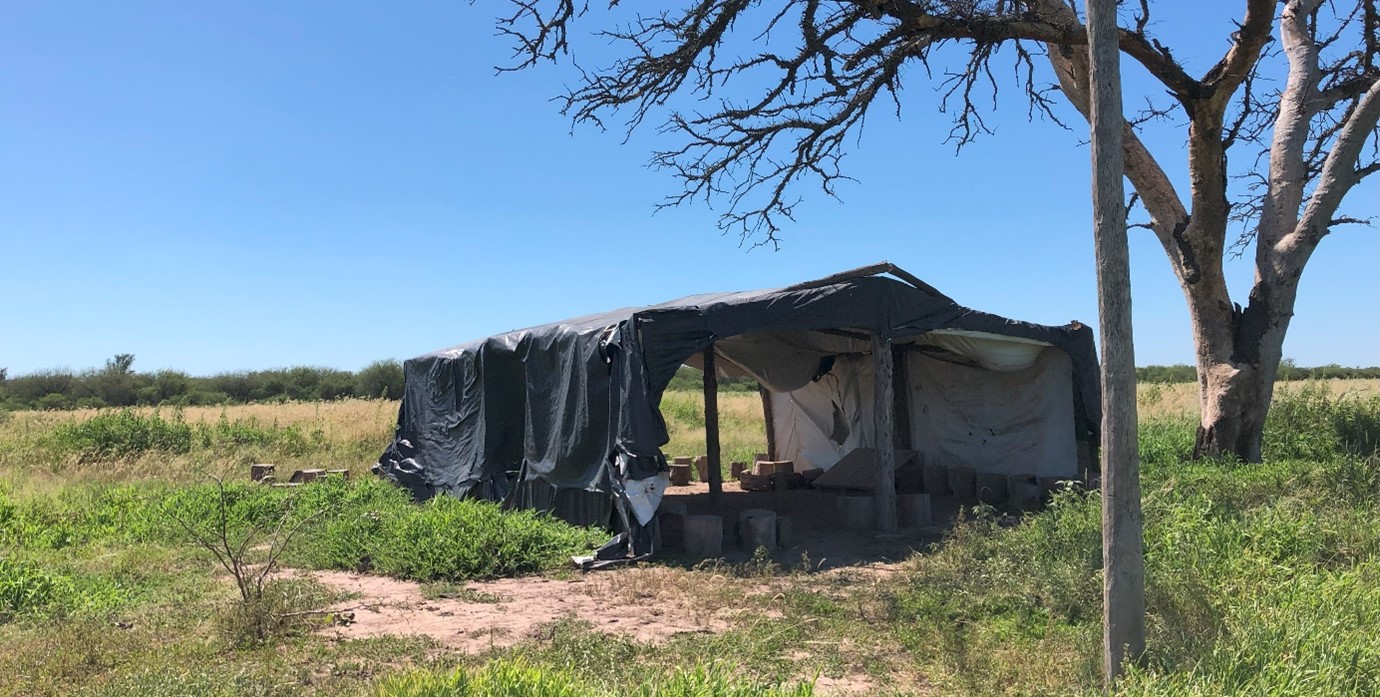 During lengthy land conflicts, MOCASE puts up carpas the defensa, tents from which the community stays on guard to defend the peasant land. Picture by Marthe Cressato
During lengthy land conflicts, MOCASE puts up carpas the defensa, tents from which the community stays on guard to defend the peasant land. Picture by Marthe Cressato
Agroecology in MOCASE
“Yes, for us agroecology is, more than anything, producing healthily, sane. We want to produce to feed the people. So that is what we defend. We defend the education, the territory, we defend the production”
-MOCASE member, interview, 2024
The previous quote points to the significance of agroecology within the movement: the way of producing, the way of living on and off the land, in short, the peasantry. By defending agroecology, the movement defends the peasantry and their land. Agroecology lends itself to various interpretations, making it applicable in diverse contexts.
As previously introduced, MOCASE uses the agroecology framework during conflicts over immaterial territories. To exemplify, the interpretation of a ‘productive land use’ is an immaterial territory: agribusiness sees it as maximizing yields and profits, while peasant communities aim for current and future self-sufficiency. Agroecology, with its focus on food sovereignty and sustainable practices, aligns with the peasants’ beliefs and ideas.
Forming one front, locally and globally
In the province of Santiago del Estero, peasants successfully form one front to defend their land against agribusinesses under the flag of MOCASE and use agroecology as the common denominator to describe their diverse ways of living on and off the land. The force of the movement lies in the ability to unite peasants:
“With the people from the community united, it is easier to defend one’s rights, otherwise... Alone I can not defend anything. Your rights, you can not defend it on your own as a family, alone it is really hard. Rather, in community, with many, yes [it’s possible]”
-MOCASE member, interview, 2024
On a global scale, a similar phenomenon takes place. Peasant movements, MOCASE one of them, came together and formed La Via Campesina, the international peasant movement. LVC also adopted the agroecology framework to defend contested rural spaces. Rosset and Martínez-Torres (2012) explain the need for these worldwide alliances:
“Social movements comprising peasants and other rural peoples are actively defending spaces from, and contesting them with, these agribusinesses and other private sector actors and their allies in governments. Because the private sector is typically transnational in nature, peasant social movements have increasingly organized into transnational alliances”
-Rosset and Martínez-Torres, 2012
References
Fernandes, B. M. (2009). Sobre a tipologia de territórios. In Territórios e territorialidades: teoria, processos e conflitos, pages 197–215. Expressão Popular, Sao Paulo, Brazil.
Rosset, P. M. and Martínez-Torres, M. E. (2012). Rural Social Movements and Agroecology: Context, Theory, and Process. Ecology and Society, 17(3):art17.
